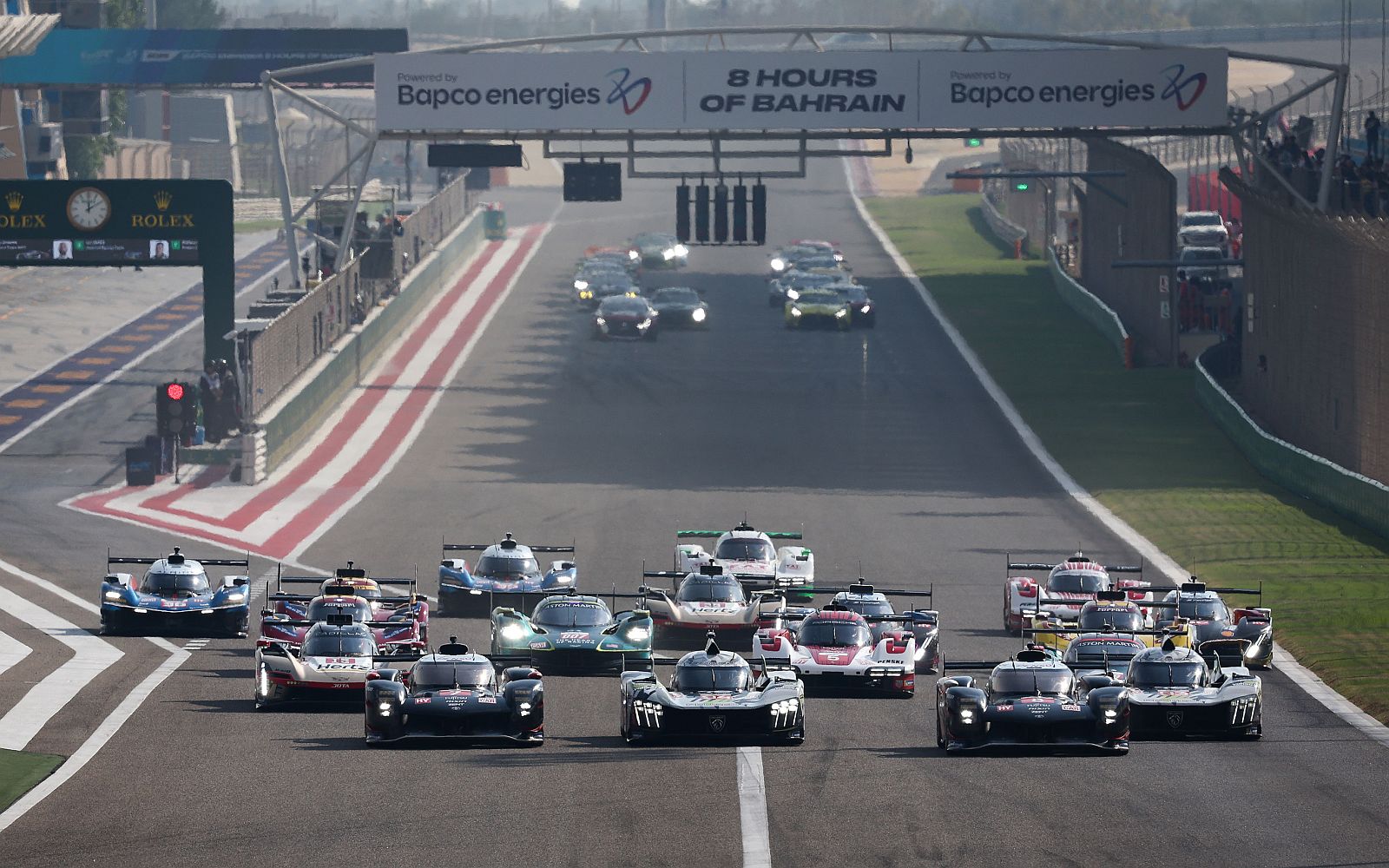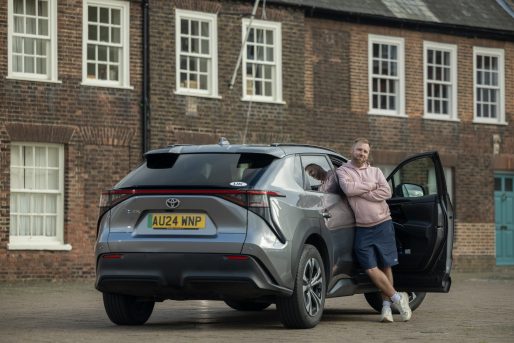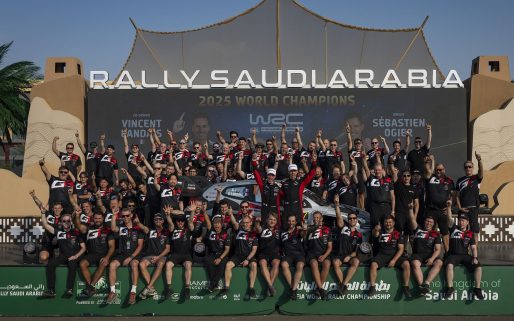Toyota Gazoo Racing concluded its FIA World Endurance Championship (WEC) campaign on a high with a spectacular one-two in the 8 Hours of Bahrain. What happened in this final race of the season? Read on for our WEC 2025 review of round eight.
WEC 2025: 8 Hours of Bahrain
After seven rounds and 64 hours of racing across four continents, the Kingdom of Bahrain had the honour of hosting the eighth and final stage of the 2025 championship. And it was a showdown that Toyota was determined to end on a high note, as the 15-turn, high-grip Bahrain circuit has always suited our Hypercar prototypes.

Last year, Bahrain witnessed a spectacular conclusion to the WEC. Sébastien Buemi, Brendon Hartley and Ryo Hirakawa won the race in the #8 GR010 Hybrid, and in so doing secured the team’s tenth victory in the Gulf state as well as Toyota’s sixth consecutive manufacturers’ championship. Unfortunately, Mike Conway, Kamui Kobayashi and Nyck de Vries, their team-mates in the #7 car, were forced to retire. This turn of events ended the team’s run of four consecutive one-two finishes – six when including the results from its TS050 Hybrid predecessor.
Free practice 1 and 2
Two 90-minute sessions provided ample opportunities for the teams to test their cars in both daylight and floodlit conditions. First practice began in afternoon temperatures approaching 30°C. And it soon became apparent that the race would yield another intense battle among the 18-strong Hypercar field.
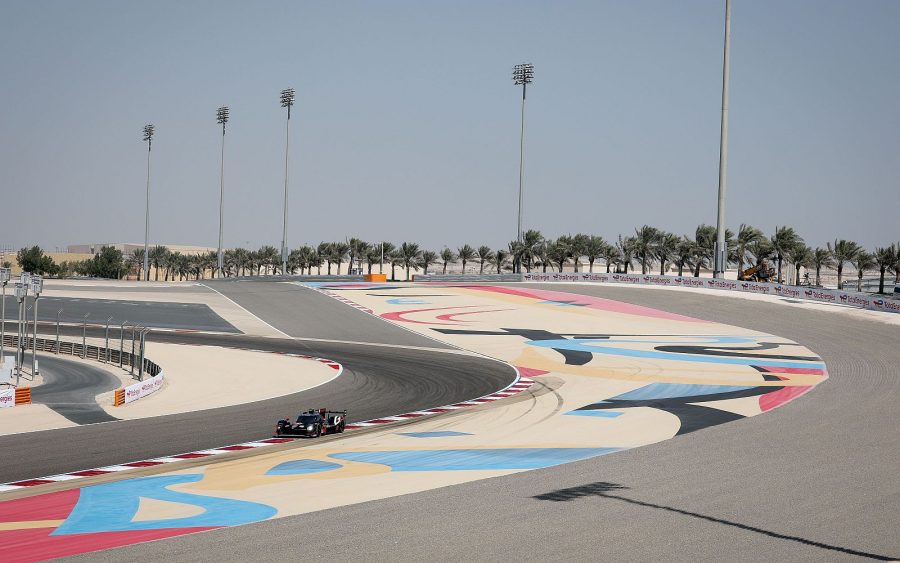
The Toyota team wasted no time working on a programme of mechanical set-up comparisons, tyre analysis and track familiarisation. Thanks to the session remained largely uninterrupted, the drivers were able to stay out longer and collect greater quantities of valuable data and feedback. This, in turn, allowed set-up adjustments to be applied during the three-hour break before the second session.
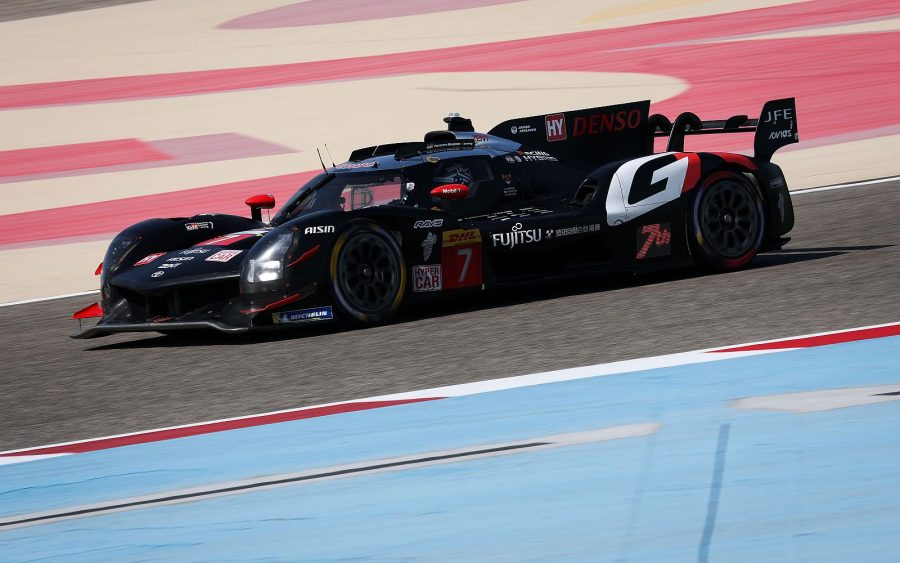
Track temperatures dropped for the second practice, and once again the session ran almost without interruption. So the team was able to continue its focus on tyre performance and further set-up refinements. The combined halves of this positive day saw Conway, Kobayashi and de Vries in third place in the #7 GR010 Hybrid, and last year’s winners Buemi, Hartley and Hirakawa just a fraction behind in sixth in the #8 car. The whole of the top ten was separated by less than a second.
Qualifying and Hyperpole
The third and final practice session was essentially a warm-up for qualifying, and Kobayashi raised the team’s expectations by setting the second-fastest time – just 0.012 sec off the best lap. So it was a natural decision to keep Kobayashi in the #7’s hot seat for qualifying, joined on-track for this important moment by last year’s pole-sitter Hartley in the #8 car.
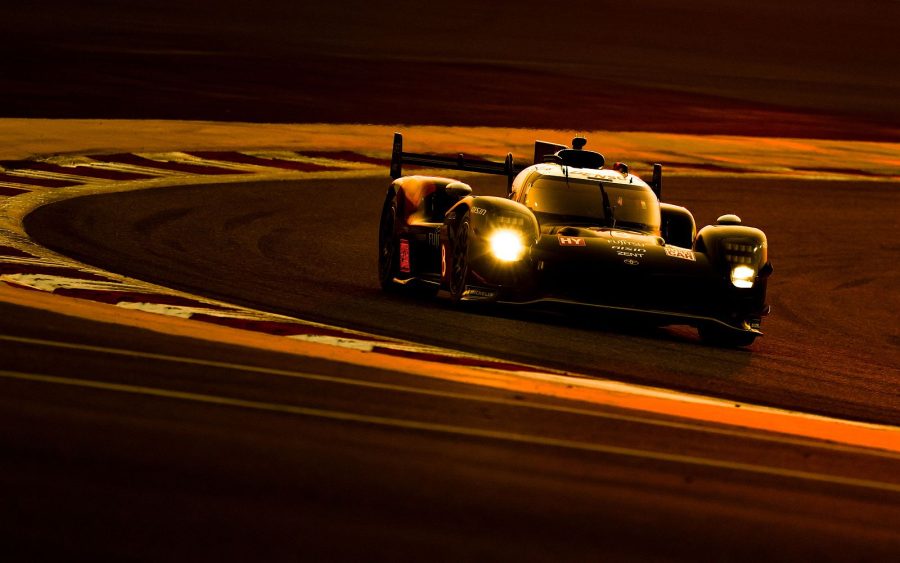
Optimum temperatures saw the two GR010 Hybrids set their flying laps early in the qualifying session. Kobayashi confirmed the team’s free practice promise by finishing third, while Hartley came in a strong fifth to secure both cars their place in the Hyperpole shootout – the second time this season.
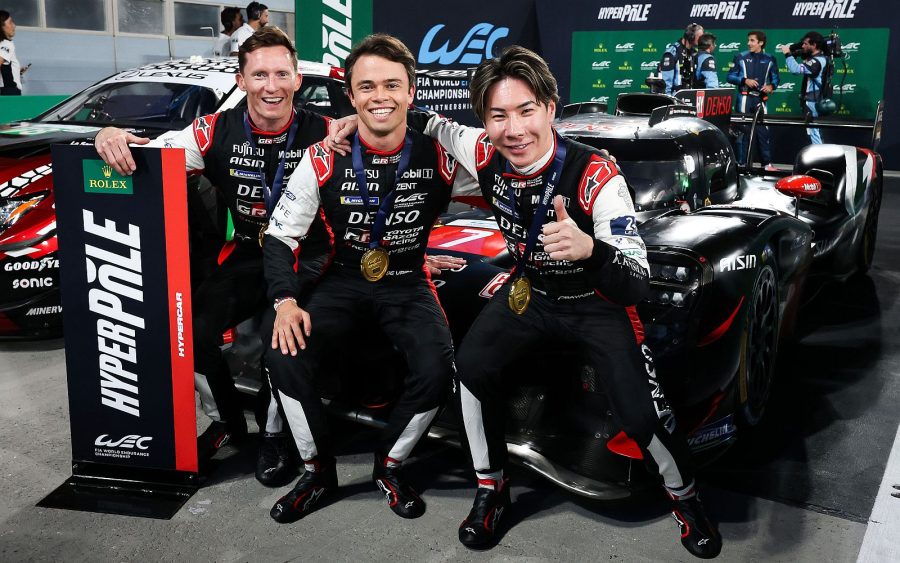
In Hyperpole both drivers upped the pace. They were among the first competitors to record times and immediately took the top two spots – positions the remaining Hypercars failed to better. It was the team’s best qualifying performance of the year and secured an all-Toyota lock-out of the front row for the final race of the season.
WEC 2025 race: 8 Hours of Bahrain
Conway and Hartley were chosen to start the final race of the season, beginning from the very front in the #7 and #8 cars respectively. The pair managed to hold these positions through the first hour and build a small advantage over the chasing pack. But at the first round of pit stops at the end of that hour the two GR010 Hybrids adopted different strategies. Hartley took only fuel, while Conway was similarly refuelled but also changed tyres. This created a strategic tyre offset, which saw the momentum swing between the two cars in the opening hours.
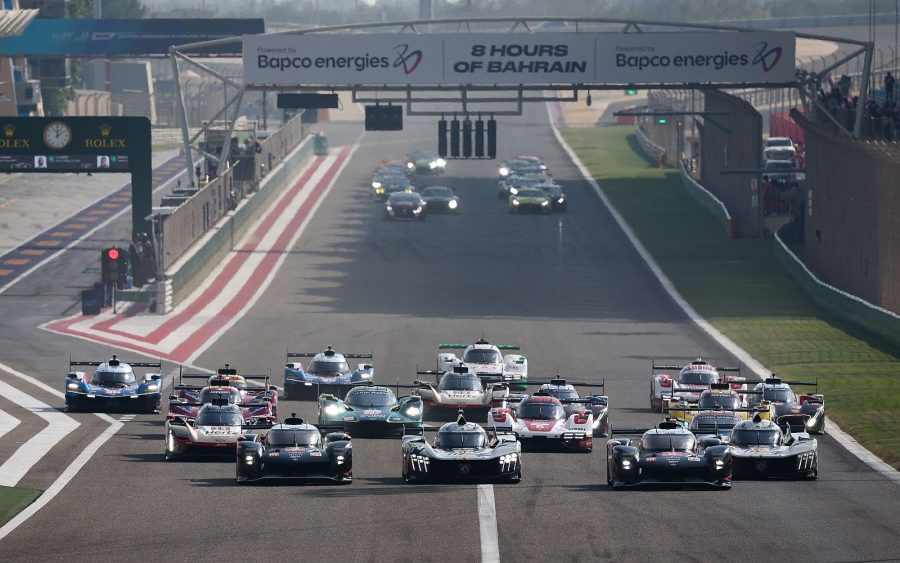
Conway reclaimed the lead at the 90-minute mark, and Hartley lost a place just before handing over the #8 car to Buemi. Despite the changeover having dropped the car further down the field, Buemi swiftly moved up to third as rivals made their own pit stops. During this time de Vries took over the #7 and retained the lead, while Buemi elevated the #8 back into second around the next pit stops. After a safety car period in the fourth hour, the GR010 Hybrids switched positions.
As the eight-hour race moved into its second half, team principal Kobayashi (#7) and Hirakawa (#8) took over driving duties, effectively in first and second place. Unfortunately, the #8 car’s chances were hampered by a drive-through penalty for an earlier yellow flag infringement, which dropped it to ninth. No doubt maddened by this turn of events, Hirakawa fought back strongly and overtook several cars to move back into the top six. An early fuel stop then gifted him a clear track, which he used to his advantage to make up positions, including an exciting battle to pass the #94 car for third late in the sixth hour.
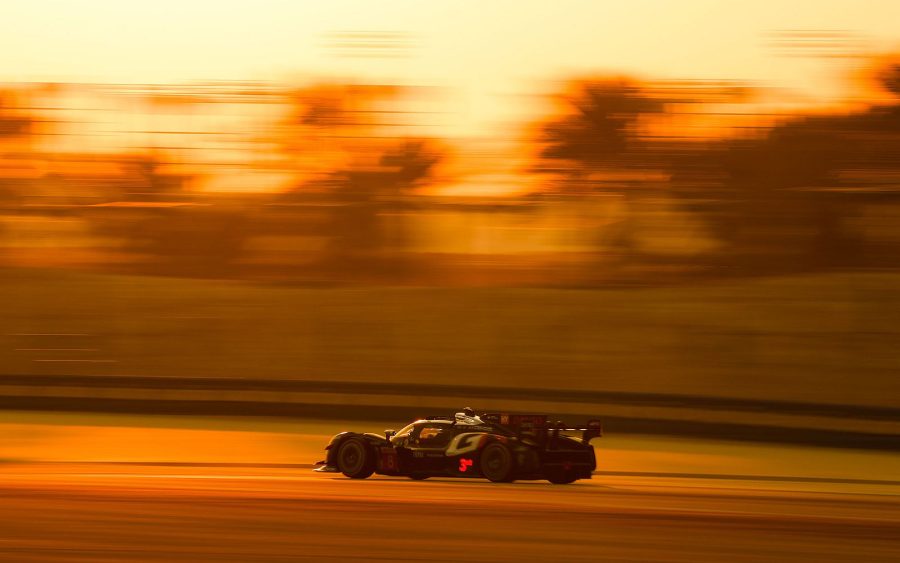
Now struggling on worn-out tyres, Hirakawa was unable to hold off further challenges. So the #8 car was brought back in for the final tyre and driver changeover – Hartley now took the wheel to continue the fightback to the chequered flag. Meanwhile out front, Kobayashi’s consistently fast pace stretched his advantage to over half a minute before he handed over the #7 to de Vries for the last 80 minutes.
A safety car in the final hour gave all cars an opportunity to make an additional pit stop and set up a tense finish. With 32 minutes of racing remaining, de Vries controlled the restart from the front while Buemi in second held off the #51 immediately behind. In so doing, the pair stayed clear of trouble during the final laps to complete the much-needed Toyota one-two. By working together, the two crews had successfully converted pole position into victory and extended the team’s winning streak in Bahrain to nine consecutive race. Maximum points also secured Toyota the runners-up spot in the manufacturers’ World Championship.
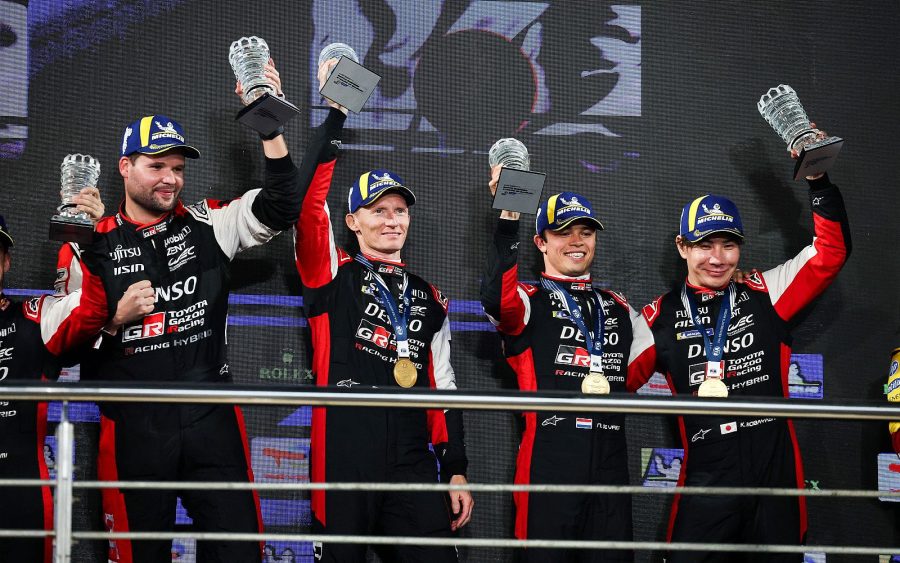
WEC 2025 result after Round 8: 8 Hours of Bahrain
| POSITION | CAR / TEAM | DRIVERS | VARIATION |
| 1 | #7 Toyota Gazoo Racing | Kobayashi / Conway / de Vries | |
| 2 | #8 Toyota Gazoo Racing | Hartley / Hirakawa / Buemi | + 19.378s |
| 3 | #51 Ferrari AF Corse | Pier Guidi / Calado / Giovinazzi | + 26.342s |
| 4 | #50 Ferrari AF Corse | Fuoco / Nielsen / Molina | + 26.504s |
| 5 | #83 AF Corse | Kubica / Ye / Hanson | + 39.729s |
| 6 | #12 Cadillac Hertz Team Jota | Lynn / Nato / Stevens | + 40.527s |
WEC 2025: manufacturer standings
| POSITION | MANUFACTURER | POINTS |
| 1 | Ferrari | 245 |
| 2 | Toyota | 171 |
| 3 | Porsche | 165 |
| 4 | Cadillac | 158 |
| 5 | BMW | 87 |
| 6 | Alpine | 86 |
| 7 | Peugeot | 84 |
| 8 | Aston Martin | 24 |
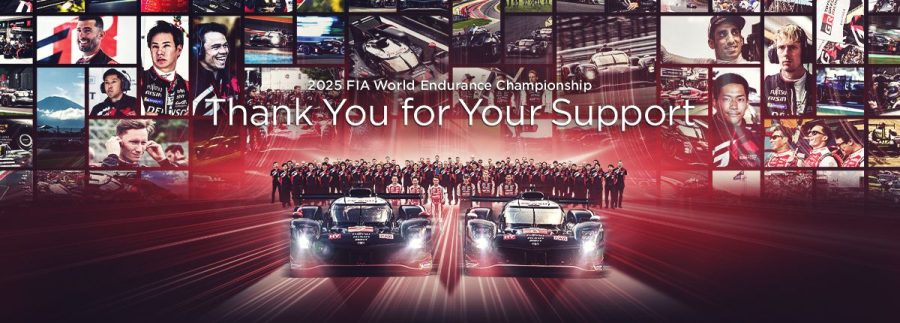
Where is the WEC heading next?
Victory in Bahrain brought the challenging 2025 season to a positive close. The team now turns its attention to the 2026 WEC championship, which will see the introduction of an updated car. But there are no planned changes within the driver line-up. This means Conway, Kobayashi and de Vries will race together for the third consecutive season, while Buemi, Hartley and Hirakawa will compete alongside each other for a fifth year.
The WEC 2026 calendar will consist of eight rounds across four continents, each of which is hosted by a different country. The following table shows the order of events over the coming year.
| ROUND | RACE | COUNTRY | DATE |
| 1 | Qatar 1812km | Qatar | 28 March |
| 2 | 6 Hours of Imola | Italy | 19 April |
| 3 | 6 Hours of Spa-Francorchamps | Belgium | 9 May |
| 4 | 24 Hours of Le Mans | France | 13-14 June |
| 5 | 6 Hours of São Paulo | Brazil | 12 July |
| 6 | Lone Star Le Mans | USA | 6 September |
| 7 | 6 Hours of Fuji | Japan | 27 September |
| 8 | 8 Hours of Bahrain | Bahrain | 7 November |
